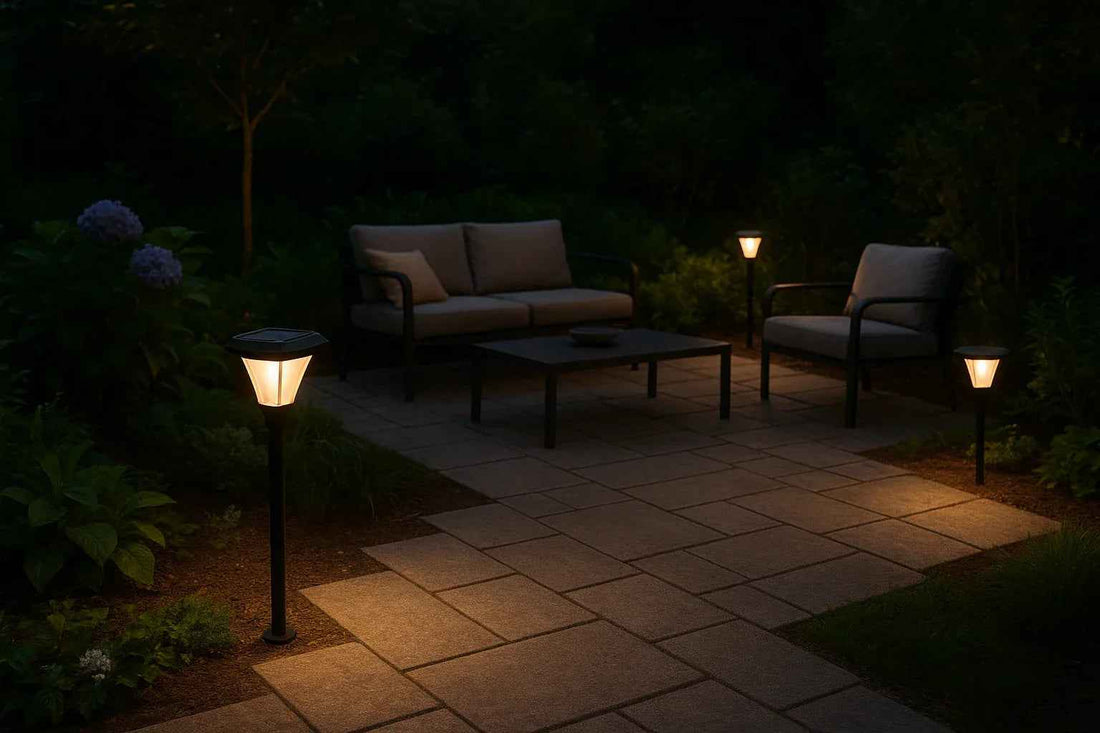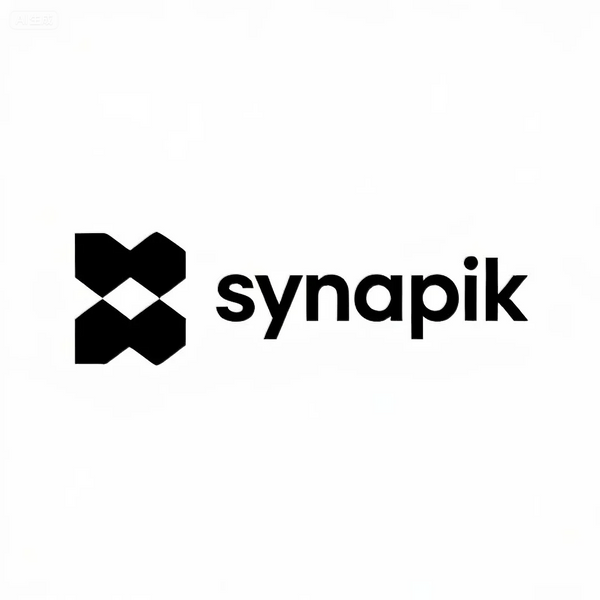
Smart Energy & Lighting vs Traditional Systems: A Complete 2025 Comparison by Synapik
Share
The Great Energy Shift
The energy and lighting industries are experiencing a major transformation. Traditional systems—built on incandescent bulbs, fluorescent tubes, and basic electrical grids—are being replaced by Smart Energy & Lighting solutions. These smart systems combine IoT, AI, and renewable energy to create efficient, sustainable, and connected environments.
At Synapik, we lead this shift by offering next-generation Smart Energy & Lighting solutions designed to help homeowners and businesses reduce costs, improve sustainability, and embrace future-ready technologies.
Understanding the Basics
Traditional Systems
Traditional lighting and energy systems rely on grid electricity, basic wiring, and fixed settings. They are inexpensive upfront but costly to maintain due to high energy use and frequent replacements.
Smart Energy & Lighting Systems
Smart systems integrate sensors, AI, and automation to optimize power usage. They adjust lighting levels based on occupancy, daylight, and user preferences, saving energy while improving comfort.
Energy Efficiency Comparison
Traditional Lighting
-
Consumes high electricity
-
No automated control
-
Significant energy waste
Smart Energy & Lighting
-
Reduces consumption by up to 40%
-
Uses motion sensors, timers, and dimming features
-
Syncs with renewable sources like solar and wind
Cost Analysis: Short-Term vs Long-Term
Upfront Costs
Traditional lights are cheaper initially. Smart systems may cost more due to advanced components.
Maintenance Costs
Traditional lights require frequent bulb changes and higher electricity bills.
Smart systems use LEDs with longer lifespans, lowering maintenance needs.
Return on Investment (ROI)
Smart Energy & Lighting pays for itself within a few years through energy savings and reduced operational costs.
Environmental Impact
Traditional Systems
-
Heavy reliance on fossil fuels
-
Larger carbon footprint
Smart Energy & Lighting
-
Works with solar, wind, and battery storage
-
Reduces CO₂ emissions significantly
-
Aligns with global sustainability goals
Durability and Reliability
Traditional lights are prone to burnouts and wiring issues. Smart systems are designed for long lifespans, weather resistance, and adaptive performance, especially in commercial settings.
Installation and Maintenance
-
Traditional systems: Require professional electricians and complex wiring.
-
Smart systems: Easy installation, often wireless, with remote monitoring.
Safety and Security
Smart lights feature motion sensors, automated schedules, and integration with security cameras. Traditional lights offer limited safety benefits unless paired with external devices.
Smart Features in 2025
-
Mobile app control
-
Voice activation (Alexa, Google Home)
-
AI-driven energy optimization
-
Real-time energy tracking
Traditional systems cannot offer these features without costly upgrades.
Applications: Where Each System Works Best
-
Traditional Systems: Rural areas with limited tech infrastructure, temporary setups.
-
Smart Systems: Homes, businesses, smart cities, eco-friendly projects.
Why Synapik Recommends Smart Energy & Lighting
At Synapik, we provide smart systems that are:
-
Energy-efficient with advanced automation
-
Durable and cost-effective
-
Sustainable and eco-friendly
-
Scalable for homes, offices, and large industries
By choosing Synapik, you’re future-proofing your energy strategy.
FAQs About Smart vs Traditional Systems
Q1: Are smart systems more expensive than traditional lighting?
Yes initially, but they quickly pay for themselves through energy savings.
Q2: Do smart systems require constant internet?
Not always. Many Synapik solutions can run offline with basic automation.
Q3: How much energy do smart systems save?
On average, 30–40% compared to traditional lighting.
Q4: Can I upgrade from traditional to smart easily?
Yes. Synapik offers retrofit solutions for smooth transitions.
Q5: Do smart systems work with renewable energy?
Absolutely. They integrate seamlessly with solar, wind, and storage.
Q6: Which lasts longer: traditional or smart lights?
Smart LED lights last up to 25,000–50,000 hours, much longer than incandescent or fluorescent bulbs.
